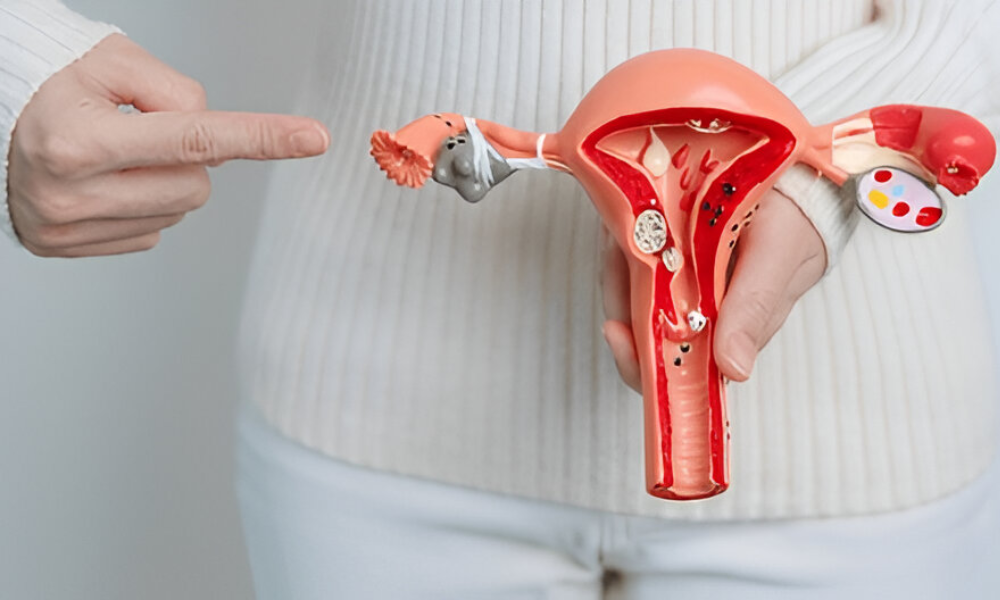Expert laparoscopy for diagnosing and treating gynecological conditions with minimal discomfort and quick recovery.
Diagnostic laparoscopy is a minimally invasive surgical procedure used to examine the internal organs in the abdomen and pelvis. During the procedure, a small camera (laparoscope) is inserted through a tiny incision, allowing the doctor to view the organs and detect abnormalities or conditions that may affect fertility or overall reproductive health. It is often used when non-invasive tests, like ultrasounds or blood tests, are inconclusive.

Diagnostic laparoscopy is a minimally invasive procedure that allows specialists to examine internal pelvic organs with precision. It offers a safe and effective way to identify the root causes of gynecological issues while minimizing discomfort and recovery time. Often performed as a day-care procedure, it provides both diagnostic clarity and the opportunity for immediate treatment if needed.





A condition where tissue similar to the uterine lining grows outside the uterus, causing pain and fertility issues.

Scar tissue that may form after surgery or infection, leading to pelvic pain and infertility.

Fluid-filled sacs on the ovaries that may cause pain or affect fertility.

Non-cancerous growths in the uterus that can cause pain, heavy bleeding, or infertility.

Unexplained pelvic pain that may require a more detailed examination to determine its cause.
Diagnostic laparoscopy is a minimally invasive procedure that allows doctors to view the reproductive organs and surrounding areas with high precision. It helps identify underlying conditions such as endometriosis, fibroids, cysts, or adhesions that may affect fertility or cause pelvic pain. This targeted approach ensures accurate diagnosis and enables timely treatment when needed.
You will be given general or regional anesthesia to ensure you are comfortable during the procedure. The abdomen is cleaned and prepped for the incision.
A small incision (about 1-2 cm) is made near the belly button, through which the laparoscope is inserted to view the internal organs.
The surgeon examines the uterus, ovaries, fallopian tubes, and other organs for abnormalities. Additional instruments may be inserted to treat certain conditions if necessary.
After the procedure, you’ll be monitored as you wake up from anesthesia. Most patients can go home the same day, though some may need to stay for a short recovery period.
Diagnostic laparoscopy is a minimally invasive procedure used to examine internal reproductive organs with precision. It provides real-time visual insights into hidden gynecological conditions, helping guide appropriate treatment decisions.
Diagnostic laparoscopy is a minimally invasive surgical procedure that allows doctors to view reproductive organs like the uterus, ovaries, and fallopian tubes using a small camera inserted through the abdomen
It helps identify hidden causes of infertility such as endometriosis, pelvic adhesions, fibroids, or tubal blockages that may not be visible through imaging tests.
The procedure is performed under anesthesia, so you won’t feel pain during it. Mild soreness or bloating may occur afterward, but recovery is usually quick.
We're here to provide answers to any questions you have about our services, treatments, or fertility care. Your health and comfort are our top priority, and we're ready to guide you every step of the way.